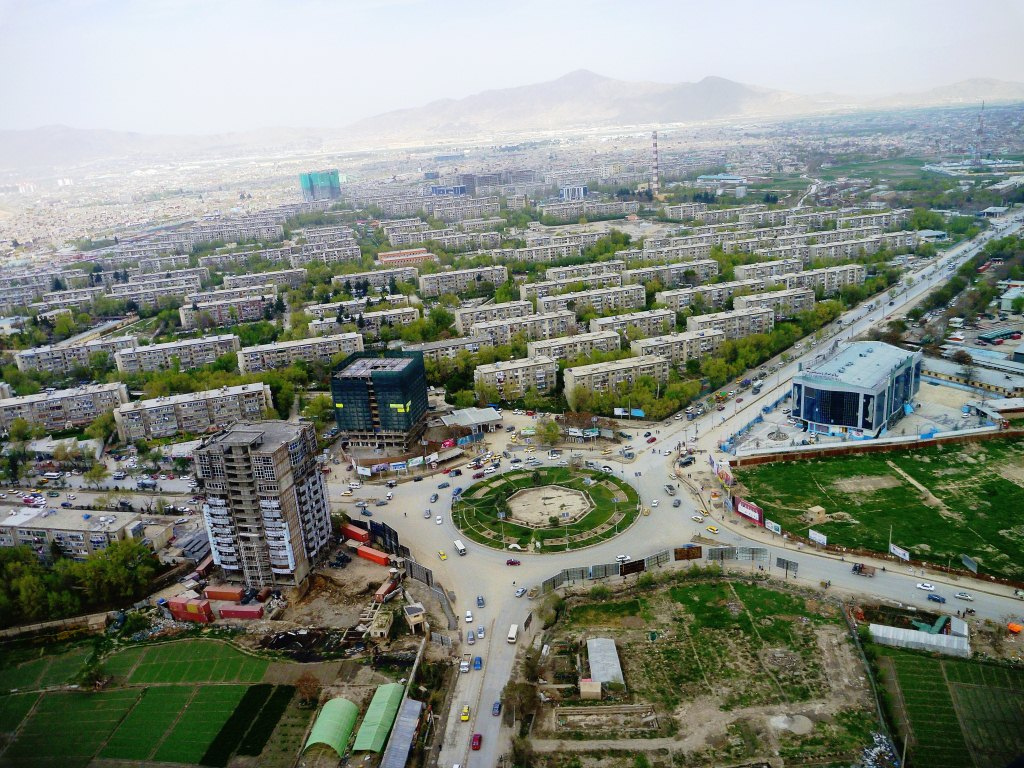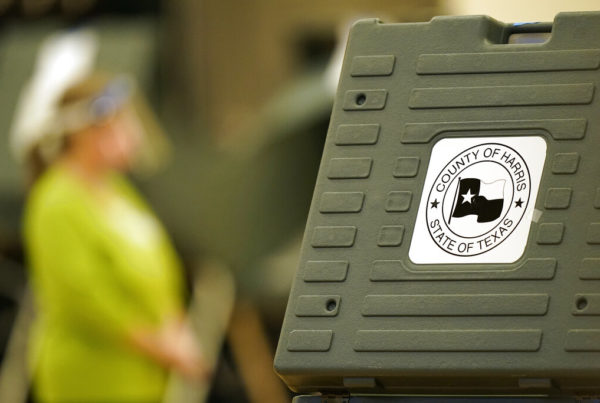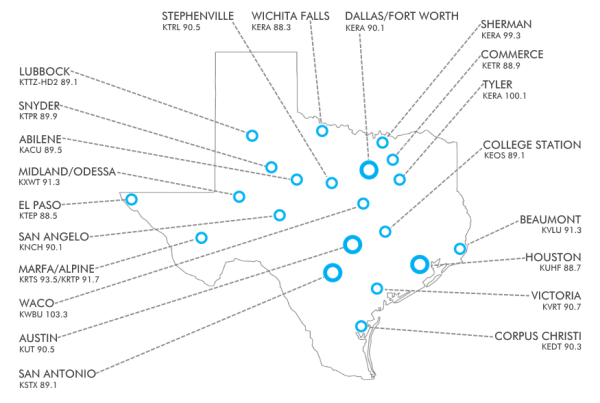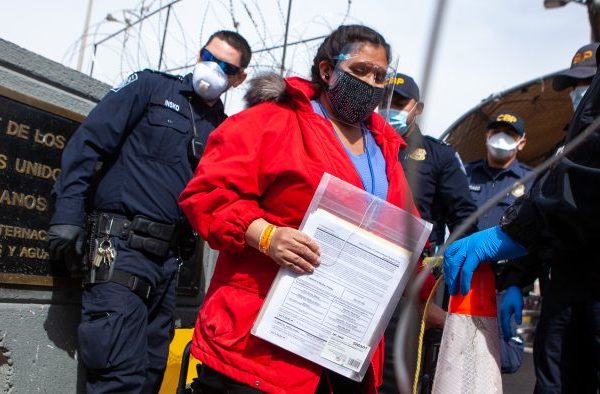Thousands of people are fleeing Afghanistan, which is now under Taliban rule after the United States began withdrawing troops. Many Afghans are coming to the United States, and to Texas where one refugee organization plans to resettle nearly 600 Afghans by the end of September.
Many of the Afghans being resettled here have served the U.S. military in some capacity in Afghanistan, often as interpreters. They qualify for Special Immigrant Visas, or SIVs. Others will try to come to the United States as refugees – a process that has its own complexities.
For SIVs, Fatma Marouf, director of the Immigrant Rights Clinic at Texas A&M University, says getting those visas can be a “very onerous and backlogged process.”
“They have to show that there is an ongoing, serious threat as a consequence of employment,” Marouf told Texas Standard. “There are hundreds of thousands of people who meet those criteria, but so far only about 16,000 Special Immigrant Visas have been granted since 2014.”
Marouf says a person with an SIV is authorized to work in the United States once they arrive. And resettlement organizations help them find homes and set up a new life here.
For Afghans seeking refugee status in the United States, they can only apply for that status once they’re outside of their home country, which Marouf says puts extra strain on people already in a dire situation. In some cases, they fall under a “group designation” – people who worked with U.S-funded non-governmental organizations, for example – that limits them to only certain countries from where they can begin the application process.
“These Afghans who want to apply for refugee status actually have to leave Afghanistan, and some of them will try to apply individually in Turkey,” Marouf said. “But ones who are trying to fall under this big group designation can’t apply in either Iran or Turkey, which tend to be the countries they go to. So just getting out of Afghanistan to apply for refugee status can be very challenging.”
Once a would-be refugee is outside of their home country, they normally go through the United Nations High Commissioner for Refugees to apply for refugee status. Sometimes the U.S. consulate in that country also helps out with processing their case. But getting placed can take a long time; Marouf says some people wait months or even years to be granted refuge somewhere.
Marouf says the majority of Afghans arriving in the United States right now likely have SIVs. For those arriving with refugee status, she says they likely applied for that long before the recent Taliban takeover.
The harsh reality, she says, is that many people won’t be able to leave Afghanistan and be resettled in the United States because both the visa and refugee processes are “woefully inadequate” to meet their needs.
“They’re both lengthy processes, and they don’t provide the immediate need for protection people are seeking now,” she said.
One possible alternative is humanitarian parole, which allows some people into the United States in an emergency situation, for humanitarian reasons. Marouf says in the past, applications for humanitarian parole are often denied. But this week, Bloomberg News reported that the Biden Administration allegedly told American refugee aid groups to prepare to settle as many as 50,000 Afghans under humanitarian parole.
Still, Marouf argues the U.S. government needs to think about other ways to help people during this and other humanitarian emergencies.















